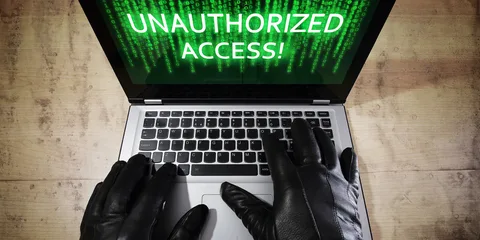ThreatCure Cyber Drill Practices: A Comprehensive practice to ensure business Resiliency
In an era where cyber threats are evolving rapidly, it’s crucial for organizations to be well-prepared. At ThreatCure, we understand the importance of robust cybersecurity measures. One effective way to enhance an organization’s cyber resilience is through cyber drills. These simulated cyber-attack scenarios help organizations test their preparedness and response to various threats. Let’s delve into some key practices for conducting effective cyber drills, focusing on diverse scenarios like ransomware, phishing, and more.

Tabletop Exercises
Tabletop exercises are discussion-based drills where team members walk through various scenarios. These exercises are valuable for testing the organization's incident response plan and decision-making processes during a cyber crisis.
Ransomware Simulation
A ransomware attack can cripple an organization's operations. Conducting a cyber drill that simulates a ransomware attack helps in testing the organization's backup systems, data recovery protocols, and employee awareness. It's crucial to ensure that all data is regularly backed up and that there are effective recovery procedures in place.

Phishing and Spear Phishing Email Drills
Phishing and spear phishing are common tactics used by cybercriminals. Running drills that simulate phishing and spear phishing emails can be highly beneficial. It helps in assessing employees' ability to identify and report suspicious emails. Regular training and awareness programs should accompany these drills to educate employees about the latest phishing tactics.
Denial of Service (DoS) Simulation
Simulating a denial of service (DoS) attack, often termed a "delight of services" drill, tests the organization's server and network resilience. This drill helps in evaluating the capacity to handle sudden spikes in traffic and the effectiveness of mitigation strategies.


Web Defacement Scenario
Web defacement can harm an organization’s reputation and customer trust. Cyber drills that simulate web defacement attacks help in assessing the security of web applications and the efficiency of the response team in restoring services.
Unauthorized Device Challenge
Adding an unauthorized device to the network can pose significant risks. Drills that involve this scenario test the organization’s ability to detect and respond to such incidents. It’s a crucial exercise to assess network monitoring systems and access controls.


External and Internal Scanning Drills
Conducting both external and internal scanning drills is essential. External scans help in identifying vulnerabilities that are exposed to the outside world, while internal scans focus on threats within the organization. These drills should be part of regular cybersecurity practices.
Physical Intrusion Test
Cybersecurity isn't just about digital threats. Physical intrusion can lead to significant security breaches. Conducting drills that simulate physical intrusion helps in assessing the effectiveness of physical security measures like surveillance systems, access controls, and employee vigilance.

Conclusion
At ThreatCure, we emphasize the importance of comprehensive Tabletop exercise and diverse Cyber drill practices. These exercises not only test an organization’s cybersecurity infrastructure but also enhance employee awareness and preparedness. Regularly conducting these drills, along with continuous training and updating security protocols, is fundamental in building a resilient defense against evolving cyber threats.
